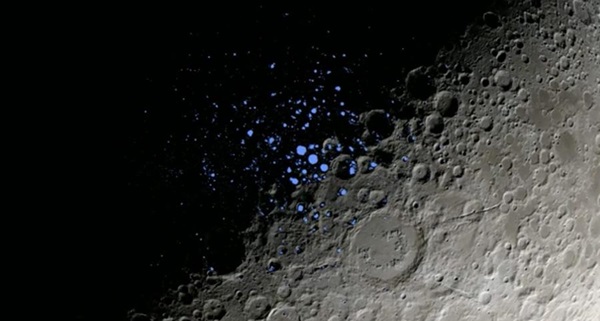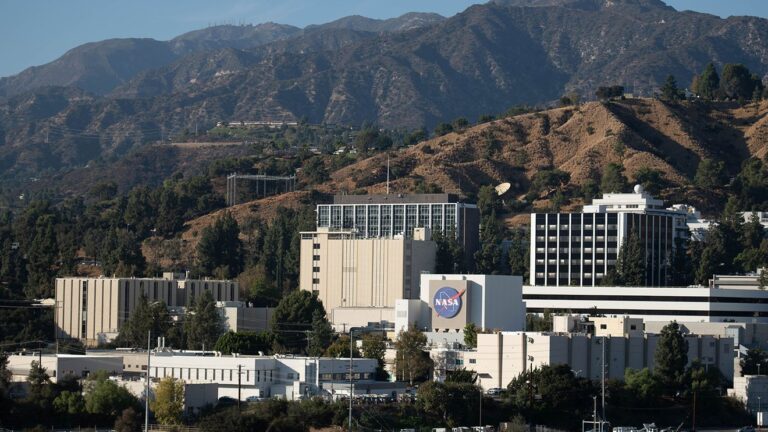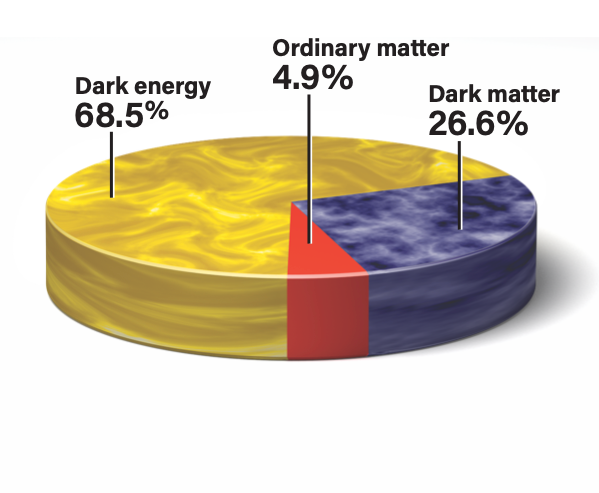Key Takeaways:
- Recent research in Astrobiology proposes that the Moon possessed conditions potentially conducive to life during two distinct periods: shortly after its formation and during a period of heightened volcanic activity.
- The early Moon, following its formation from a collision with Theia, may have possessed a substantial atmosphere and surface water due to abundant water vapor and volcanic outgassing.
- This potentially habitable period, lasting approximately 500 million years, coincided with frequent asteroid impacts, potentially delivering prebiotic molecules to the lunar surface.
- While the duration of habitability may have been insufficient for complex life to evolve, evidence suggests that water from this era remains trapped in lunar rocks, offering potential for future discovery of fossilized microbial life.
New research published in Astrobiology suggests that the Moon may have been shockingly habitable in the past during at least two periods — shortly after the Moon formed, and when volcanic activity was at its highest.
The key to it all is heat and lots of energy. The Moon formed after a collision between Earth and a proto-planet astronomers call Theia. And just after the smash up, there was lots of water vapor — enough that the Moon could’ve had a fairly substantial atmosphere and pools of water on the ground. Volcanic activity was also high, which could have replenished the atmosphere with water vapor from deep in the interior.
That all happened roughly 4 billion years ago.
And by the time volcanic activity settled down some 500 million years after the collision, the atmosphere couldn’t cling on — and much like Mars, the Moon dried up.
But in that 500 million-plus year span, all the ingredients for life may well have been present.
That habitable era also fell during a period of frequent asteroid bombardment, so the inner solar system may have shared with the Moon ingredients to make life possible. Asteroids could have even struck early Earth and transported primitive bacteria to the surface of the Moon.
The short span of lunar life didn’t really have long to evolve much beyond single-cell organisms.
However, there’s abundant evidence that the early lunar water is still trapped within rock now. So, digging a little deeper under the surface of the Moon — in, say, a lunar exploration program — could yield greater evidence for lunar life, including the possibility of fossilized microbes trapped in rock.
This article originally appeared on Discovermagazine.com.










